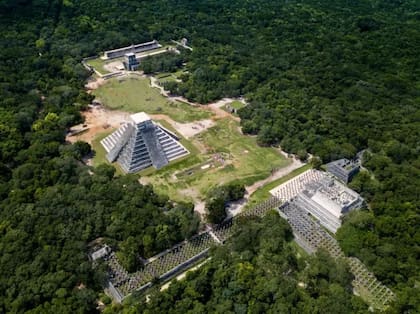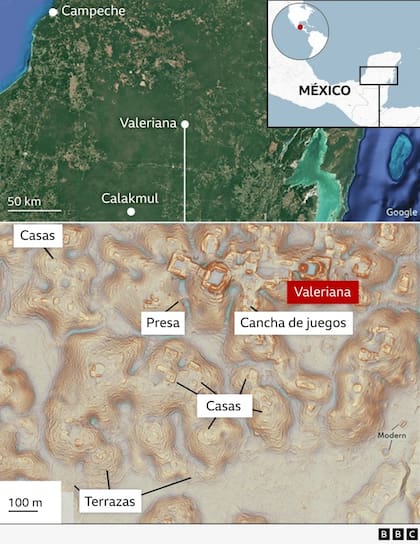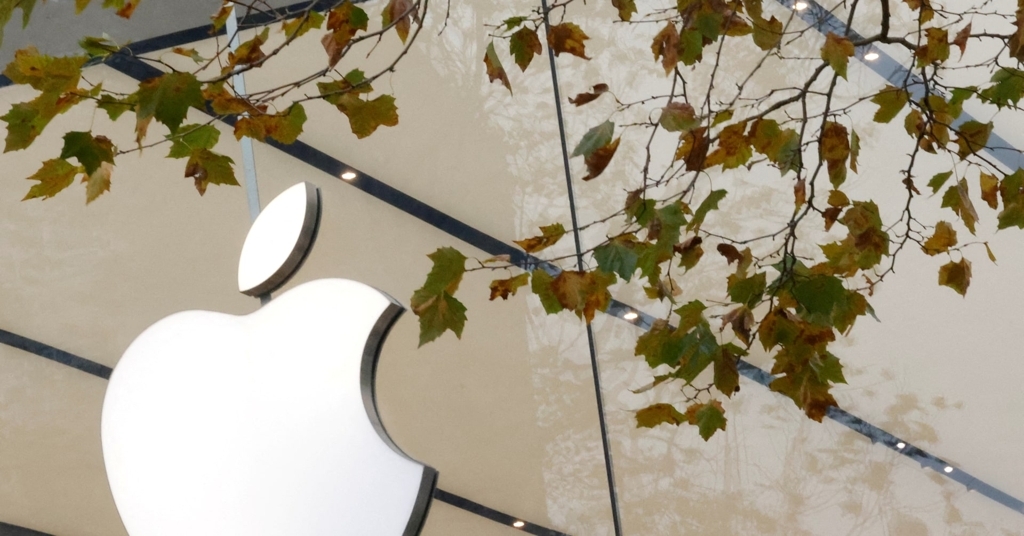Unearthing Valeriana: A Hidden Mayan City Revealed
Explore the remarkable discovery of Valeriana, a hidden Mayan city featuring pyramids and advanced urban design uncovered through innovative LiDAR technology.

Key Points
- The discovery of Valeriana, a hidden Mayan city in Mexico, reveals over 6,674 structures, including pyramids and plazas, previously concealed by dense jungle.
- LiDAR technology played a crucial role in uncovering the city, showcasing the advanced urban planning and engineering capabilities of the ancient Maya civilization.
- This finding challenges existing perceptions of Maya settlements and highlights the need for further exploration of the densely populated regions of the central Maya lowlands.
In a stunning revelation that reshapes our understanding of the ancient Maya civilization, a team of researchers has uncovered a hidden city deep within the jungles of southeastern Mexico. This newly discovered site, named Valeriana, boasts an array of fascinating structures that include pyramids, plazas, and highly engineered water reservoirs. All of this was unveiled thanks to the powerful technology known as LiDAR (Light Detection and Ranging), which has become a game changer for archaeology, especially in areas where dense vegetation makes traditional exploration difficult.

A Treasure Uncovered
Masterfully masking its presence under thick jungle foliage, Valeriana is estimated to have contained over 6,674 previously undiscovered structures across a sprawling area of 16.6 square kilometers. These findings emerge from the meticulous work of Luke Auld-Thomas, a PhD student whose inquiry into existing LiDAR data led him to this monumental discovery. Initially scanned in 2013 for environmental monitoring, this data fulfilled a critical gap, enabling researchers to visualize the depth of Maya urbanism in a region that had long gone unexplored by archaeologists.
"We didn’t just find rural areas and smaller settlements", said Auld-Thomas. "We also found a large city with pyramids right next to the area’s only highway". His approach signifies a radical departure from traditional archaeological methods where every square meter was painstakingly inspected. Instead, the LiDAR technology allows for precise mapping of both visible and concealed structures, revealing the remarkable complexity of ancient societies.

Understanding Maya Urbanism
Valeriana represents a significant urban complex, reflecting characteristics typical of a Classic Maya political center. This includes multiple enclosed plazas, temple pyramids, and a ball court that invites curiosity about the cultural practices of its inhabitants. The urban planning evidenced by the arrangement of streets and buildings suggests an advanced understanding of landscape engineering, proving that the ancient Maya were adept at creating sustainable communities in harmony with their environment.
A pivotal factor in the city's success was its reservoir, strategically designed to collect and store seasonal rainwater. This innovation likely supported a large population, potentially ranging from 30,000 to 50,000 individuals at its peak from AD 750 to AD 850. Such findings challenge long-standing perceptions that Maya civilization thrived exclusively in urban centers like Tikal and
; Valeriana presents an equally important chapter in their history.
The Implications of the Discovery
What does this discovery tell us about the ancient Maya and their societal structures? The intricate layout of Valeriana indicates that many regions of the central Maya lowlands were densely populated urban areas, rather than sparsely inhabited territories as commonly perceived. The study of such urban landscapes not only reshapes our historical narratives but also offers modern societies crucial insights into sustainable living and urban development practices.
As Auld-Thomas emphasizes, “Given the environmental and social challenges we’re facing from rapid population growth, it can only help to study ancient cities and expand our view of what urban living can look like”. Examining the architectural and logistical strategies of ancient cultures can provide valuable lessons as we navigate our present-day urban challenges.
Thus, the findings from Valeriana are not merely relics of the past, but they serve as a reminder of the enduring human spirit and ingenuity in the face of environmental changes and societal evolution. The technology that made this discovery possible reinforces the belief that there is still so much to learn from the elusive histories enveloped by the jungles of Mesoamerica.
The unearthing of Valeriana is an exhilarating advancement in the archaeological field, opening doors to further exploration and understanding of the enigmatic Maya civilization. As we continue to leverage modern technologies like LiDAR, we enhance our ability to uncover rich histories that were previously hidden, urging both researchers and the public alike to cherish and protect our cultural heritage.


